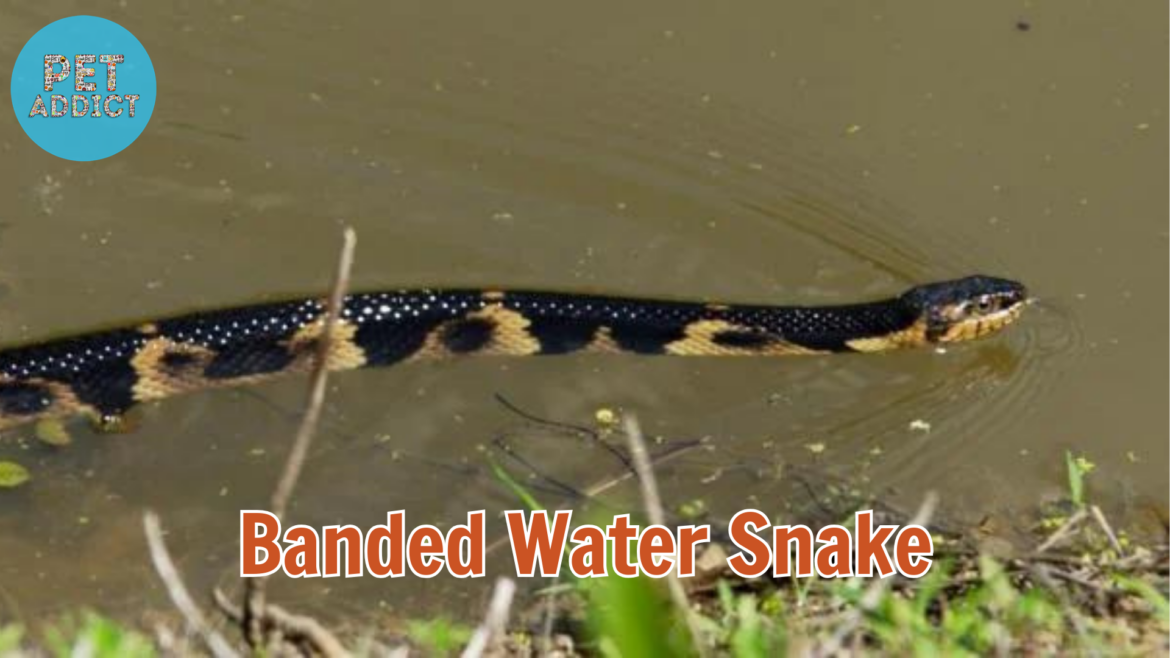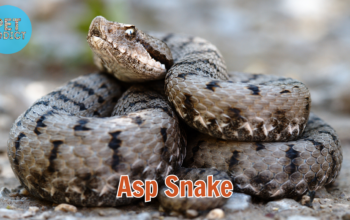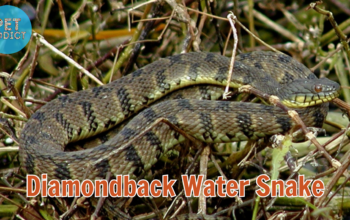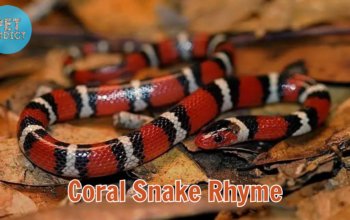The banded water snake, scientifically known as Nerodia fasciata, is a captivating and often misunderstood reptile found in various parts of North America. With its distinctive banded pattern and semi-aquatic lifestyle, this snake species has intrigued both nature enthusiasts and herpetologists. In this comprehensive guide, we will delve into all the essential information about the banded water snake, including its appearance, behavior, habitat, and its role in the ecosystem.
PetAddict.net – The best place where you can find everything about your pet!
Physical Characteristics
Distinctive Appearance of the Banded Water Snake
Banded water snakes have several key features that set them apart from other snake species:
- Banding: As the name suggests, these snakes have a series of dark bands that run across their bodies. These bands alternate between dark and lighter shades, creating a striking pattern.
- Coloration: The background color of the banded water snake varies, ranging from brown and gray to reddish-brown. Their belly is usually lighter in color.
- Size: Adults typically range from 24 to 42 inches (61 to 107 cm) in length, with females generally being larger than males.
- Head Shape: Their heads are slightly wider than their necks, and their eyes have round pupils.
Habitat and Range
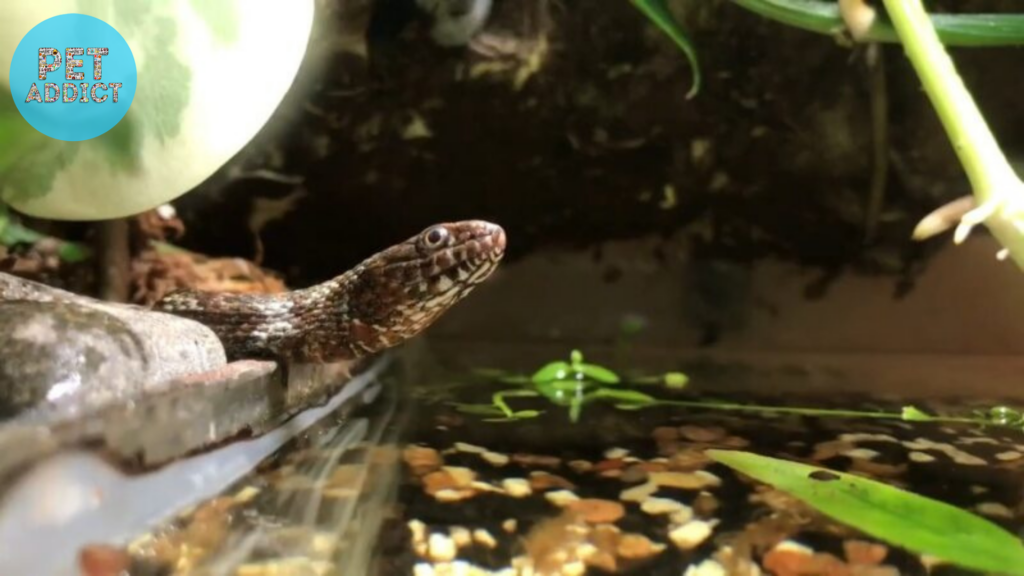
Preferred Environments and Geographic Range
Banded water snakes are highly adaptable and can be found in a variety of aquatic habitats:
- Freshwater Habitats: They inhabit bodies of freshwater, including ponds, lakes, rivers, streams, and marshes.
- Semi-Aquatic Lifestyle: These snakes are often seen basking on rocks or logs near water. They are excellent swimmers and can submerge themselves for extended periods.
- Geographic Range: Banded water snakes are found in the southeastern and south-central regions of the United States, including states such as Florida, Georgia, Alabama, Mississippi, and Louisiana.
Behavior and Diet

The Habits and Dietary Preferences of Banded Water Snakes
- Diet: Banded water snakes are carnivorous and primarily feed on aquatic prey such as fish, frogs, tadpoles, and small aquatic invertebrates. They are known to be opportunistic hunters and constrict their prey before consuming it.
- Semi-Aquatic Nature: These snakes are well-adapted to their semi-aquatic lifestyle. They often hunt in and around water, where they are agile swimmers. They are also capable of climbing trees and shrubs when necessary.
- Reproduction: Banded water snakes are ovoviviparous, meaning they give birth to live young rather than laying eggs. The female retains the developing embryos inside her body until they are ready to be born. A single litter can consist of 5 to 27 offspring.
Conservation Status
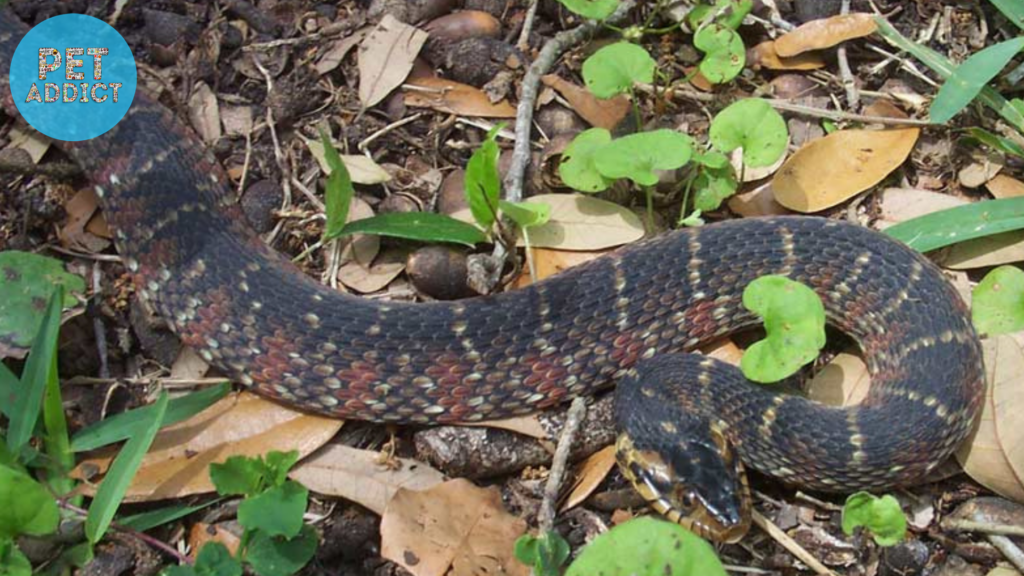
The Conservation Status of Banded Water Snakes
Banded water snakes are not currently considered a threatened or endangered species. However, like many reptiles, they face various threats to their populations:
- Habitat Loss: The destruction and alteration of their wetland habitats due to urbanization and agriculture can negatively impact their numbers.
- Human Perceptions: Banded water snakes are often mistaken for venomous cottonmouths or water moccasins, leading to unnecessary fear and persecution.
- Road Mortality: Snakes are particularly vulnerable to being killed on roads while seeking warmth on paved surfaces.
Interaction with Humans
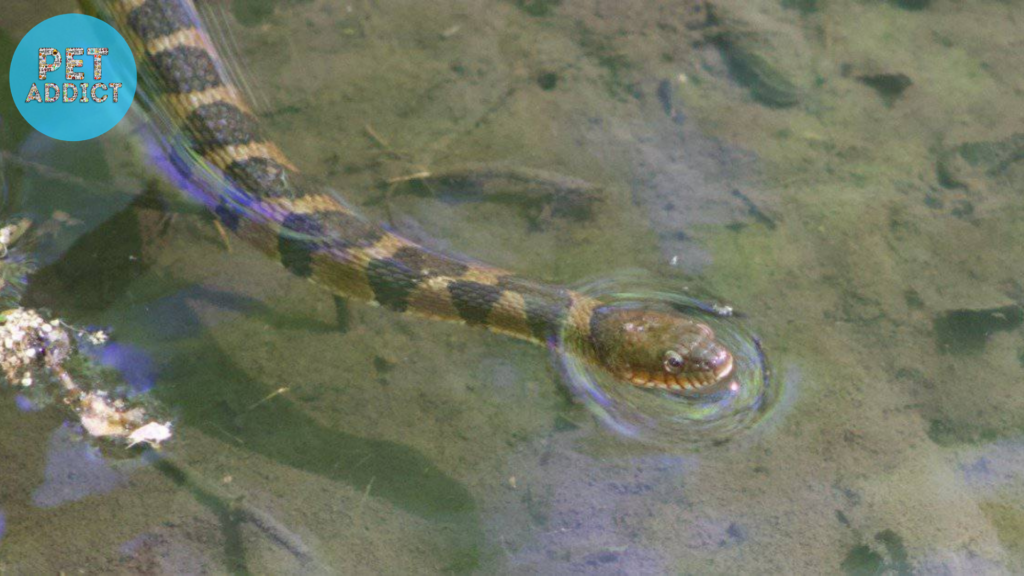
Banded Water Snakes and Human Encounters
Banded water snakes are generally non-aggressive and prefer to escape when encountering humans. While they are not venomous and pose no significant threat to humans, they may bite if they feel threatened or cornered. If you encounter a banded water snake in the wild, it is best to observe it from a safe distance and refrain from handling it.
Conclusion
In conclusion, the banded water snake is a remarkable reptile that plays a vital role in the aquatic ecosystems it inhabits. Understanding its appearance, behavior, and habitat is essential for coexisting with this species and appreciating its contribution to the natural world. By promoting awareness and conservation efforts, we can ensure the continued presence of these intriguing snakes in North American wetlands.

